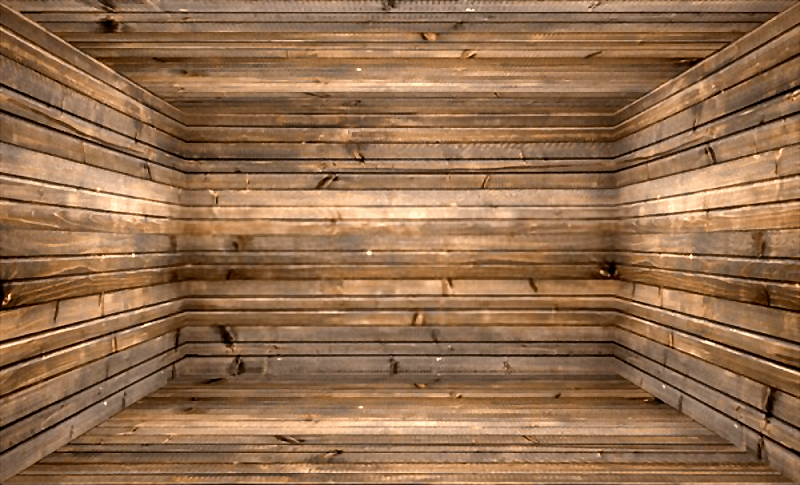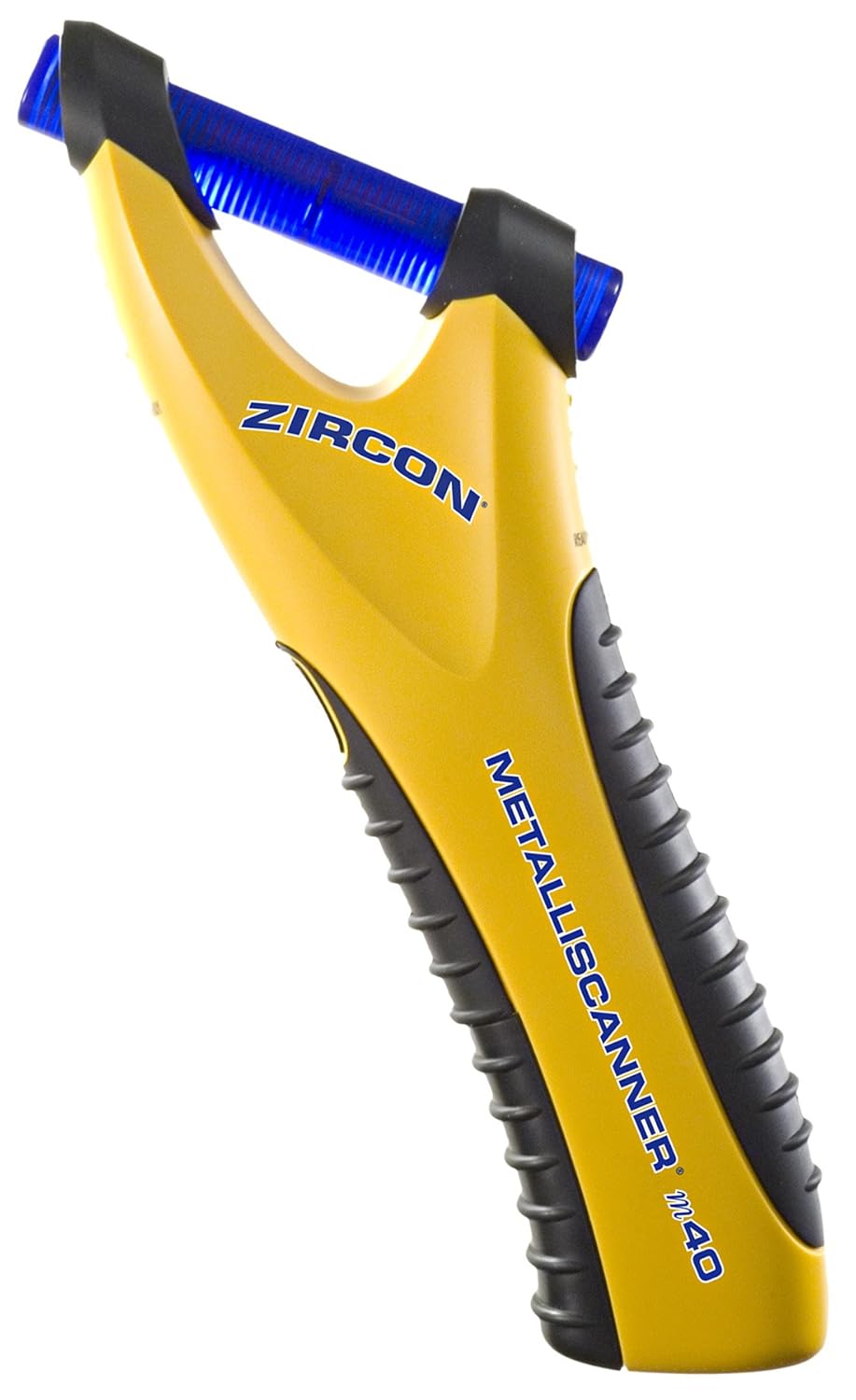People keep some basic tools and equipments in the house that come in handy at the time of need. One such tool is a stud finder.
It is a device that is used to detect wooden framed studs behind lath and plaster walls when you are hammering nails and screws for the purpose of hanging artwork, mirrors, flat screens, or putting up shelves in the interior of the house.
When it comes to hanging those things on the wall, you will need the best stud finder for plaster walls to get the works done in the easiest way.
Whether you are a do-it-yourselfer or take help of a professional carpenter, the tool comes in handy to detect the exact location of a stud in a wall. Otherwise, there is always a threat of stuff coming off the wall if anchored in a wrong place.
It is a life-saver especially in instances where you are finding spots near electric wires and conduits, saving you from unnecessary trouble and harm. You do not have to damage your walls anymore by making unnecessary holes to find the perfect spot for anchoring stuff.
Factors to be Kept in Mind while Purchasing the Best Stud Finder for Plaster Walls
No two products are exactly alike. But there are some fundamental elements that should be kept in mind while purchasing a product.
First thing to be considered is the accuracy of a tool. A tool is giving results with how much precision and efficiency is of utmost importance.
There are some factors that one needs to consider while buying a stud finder for walls.
Reviews of the Best Stud Finder for Lath and Plaster Walls
Product | Type | Scanning Depth | Our Ratings |
|---|---|---|---|
Magnetic | Up to 1.0-inch | ||
Electronic | Up to 1.7-inch | ||
Electronic | Up to 4.0-inch | ||
Electronic | Up to 1.5-inch | ||
Electronic | Up to 1.5-inch |
It is a magnetic stud detector that weighs 2oz. This magnetic model is a reminiscent of old days due to its simple design.
It does not require batteries, thereby making its accuracy unquestionable. Its strong magnets keep the device glued to the wall letting you avoid marking the wall with a pencil.
It has two magnets that can detect studs in area twice wide. Despite its double magnets, it’s very cheap and affordable. The simplicity of design makes it very easy to operate.
Since it has magnets instead of density sensor, therefore, it works best for most wall materials including lath, plaster and drywall.
Pros
Cons
This one is the best of all electronic stud finders in the list weighing 9oz. It has a LED display system that delivers the location of center and edges of a stud with great precision and accuracy.
This model has 13 sensors which enable it to pinpoint the exact position of a stud behind the plaster. Although the manufacturer does not guarantee effective results on Plaster walls, but our readers have found its functioning best on plasters. It functions better on plaster walls than it does on drywall.
The size is very compact depending on its coverage area. It is 7.5 inches in length and less than 3 inches tall. The compact size makes it very easy for the user to hold it in hand.
However, despite its numerous sensors and LED display system, our readers have complaint about its confusion near metal. It sometimes gives false alerts near a metal wiring or piping. If this problem is resolved, then it would without any doubt take the first place on the list.
It has a single on/off switch due to which it is very easy to operate. Unlike other electronic devices, it does not need any calibration before use. Although, it can detect even electrical wirings but there is no separate indicator for that which becomes confusing for the user.
Pros
Cons
This model is great at detecting metals. This property allows it to accurately detect metal behind a plaster wall instead of locating a wooden stud holder.
Its metal detector gives you an idea of what lies behind the wall. Due to its metal detection, it is effective to be used in homes or buildings that contain metal studs. Its strong metal detector can easily locate ferrous (magnet) in lath, plaster, wood, tile, concrete and other non-metallic surfaces.
This electronic metal detector can effectively scan metal in walls up to 4.0-inch depth. This is more than double the depth up to which other magnetic, as well as electronic sensors, can detect studs behind a wall.
This model contains two modes. Its narrow scan mode is effective for small objects like nails and screws, while the wide scan is best for the detection of metal wirings and conduits.
It is also effective for finding rebar in concrete at the time of drilling. The affordable price makes it a very useful addition to your toolbox.
However, the downside of the model is that it can only work up to 2-inch for non-ferrous surfaces. Despite this shortcoming, it can still be termed as the best in the list regarding overall value for money.
Pros
Cons
This model is suitable for occasional do-it-yourselfers. If you are on a budget but still want the precision of an electronic sensor, then this model is very suitable for you.
It is quite similar to the Tacklife detector but takes more time in locating accurate location. It starts flashing once it senses the edge of a stud.
This model has two scanning modes: DeepScan mode and StudScan mode. The DeepScan mode can detect stud up to 1.5-inch depth. The StudScan can detect stud up to 0.75-inch depth.
It also has the ability to detect AC wires during drilling. The feature is very useful in order to avoid the occurrence of electrical hazards. This is one of the cheapest and effective electronic sensor for home use.
The model is small in size and weighs only 8oz which makes it easy to firmly grip in hand while using.
Pros
Cons
This model has the ability to effectively detect wood, metal and AC wires to precisely pinpoint studs. This makes it useful to prevent any electrical hazards.
Its small and compact size makes it very comfortable to hold in hand. Its weight is only 9 oz. Its LCD display system has an orange light indicator. It also comes with a target indicator for very accurate detection and positioning of studs. This is its best part because it not only locates the position of a stud, but also pinpoints its exact center and edges. This comes in handy for saving of extra time and energy.
It has two scanning modes: StudScan mode and ThickScan mode. Its StudScan mode locates edge of wood and metal. ThickScan mode can detect metal, nails accurately up to 1.5-inch depth. This helps you to switch to the mode required depending on the thickness of the wall. It continuously gives off beeping sound once it detects an object. This reduces the risk of any error and ensures accurate reading.
Its ergonomic grip provides a firm grip and allows you to hold it comfortably in both hands.
This model has a very unique feature of automatic power shutdown after five minutes of non-usage. This enables it to save battery. This model is very cheap and suitable for shelving and hanging artwork in homes. Once turned on, it calibrates automatically when you place it on the wall.
This model of stud finder is really suitable for masons, carpenters, seasoned contractors, home renovators as well as home use. However, users have complained about difficulty in reading the results sometimes.
Pros
Cons
Conclusion
There are certain tools that are necessary to have at home. Stud finder is one of them. The small tool comes in handy when you are adding new shelves, frames, mirrors or other such décor to the interior of a house.
To help you make the right decision, we have just walked you through the 5 best stud finders for plaster walls on the market today.
It is not only essential for occasional do-it-yourselfers, but also for seasoned contractors, masons, carpenters and renovators. Whether you are a professional user or not, it is mandatory to invest money into a product that will promise you best results without spending a hefty amount of money.
It is not necessary to buy only advanced featured products for best results. There is a wide array of products in the market that are designed keeping in mind both professional and occasional users.
Buying guides and product reviews are saving grace in a manner because they tell you all the ins and outs of a product which makes it easier for the buyer to choose the product of his liking that will deliver best results, without wasting money on unnecessary products.






